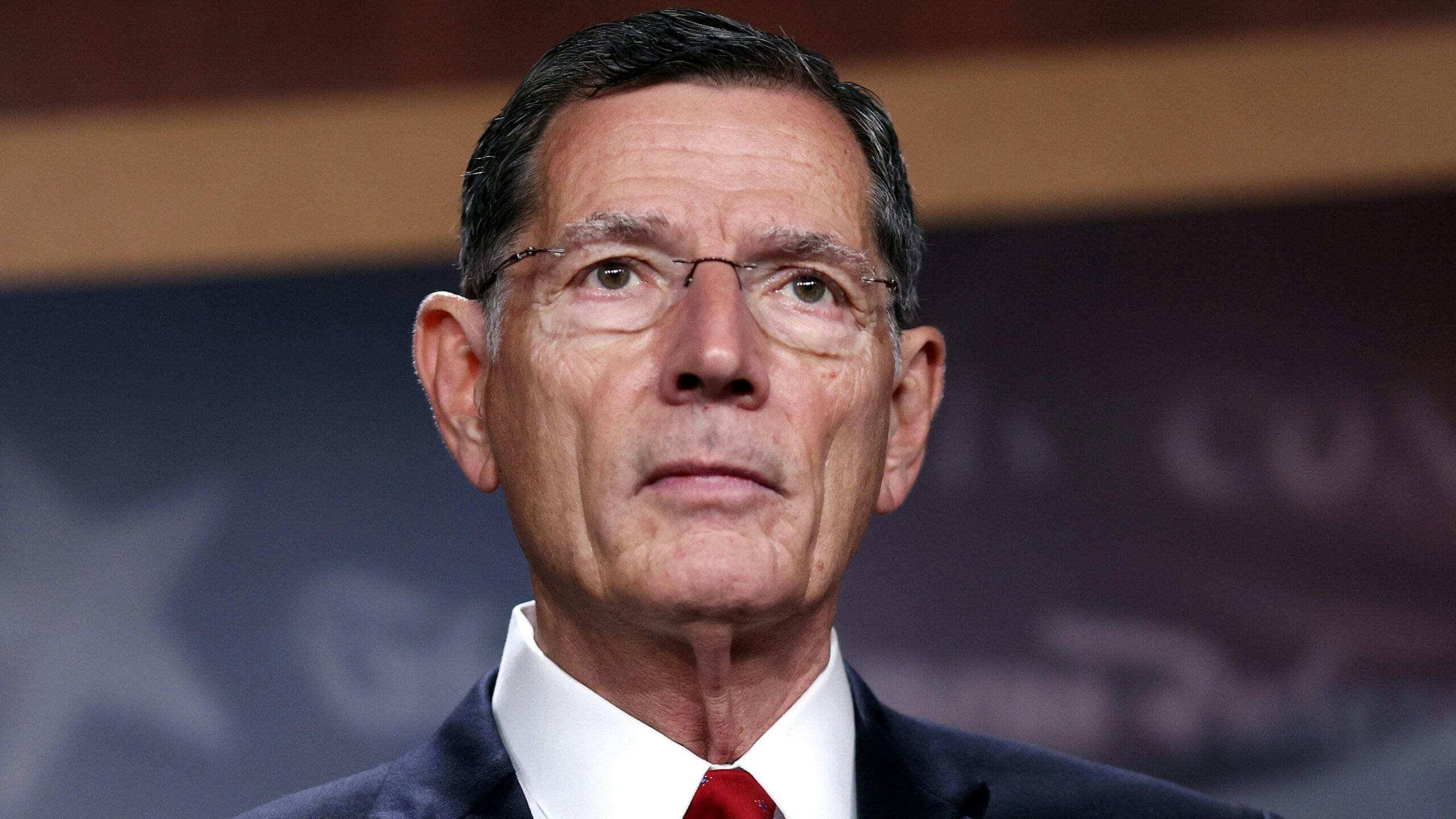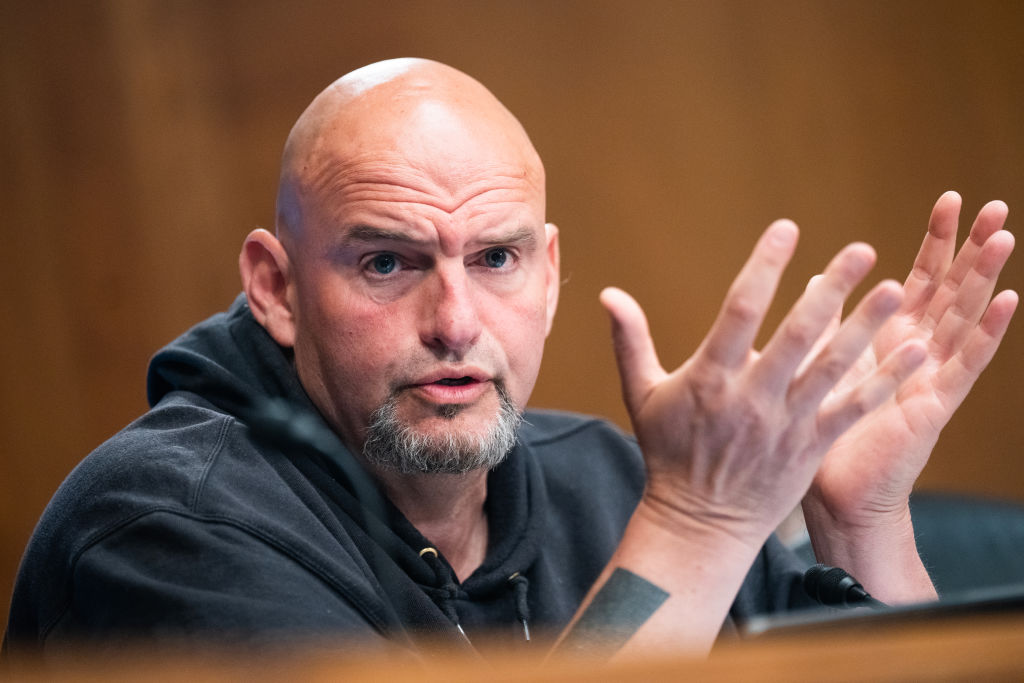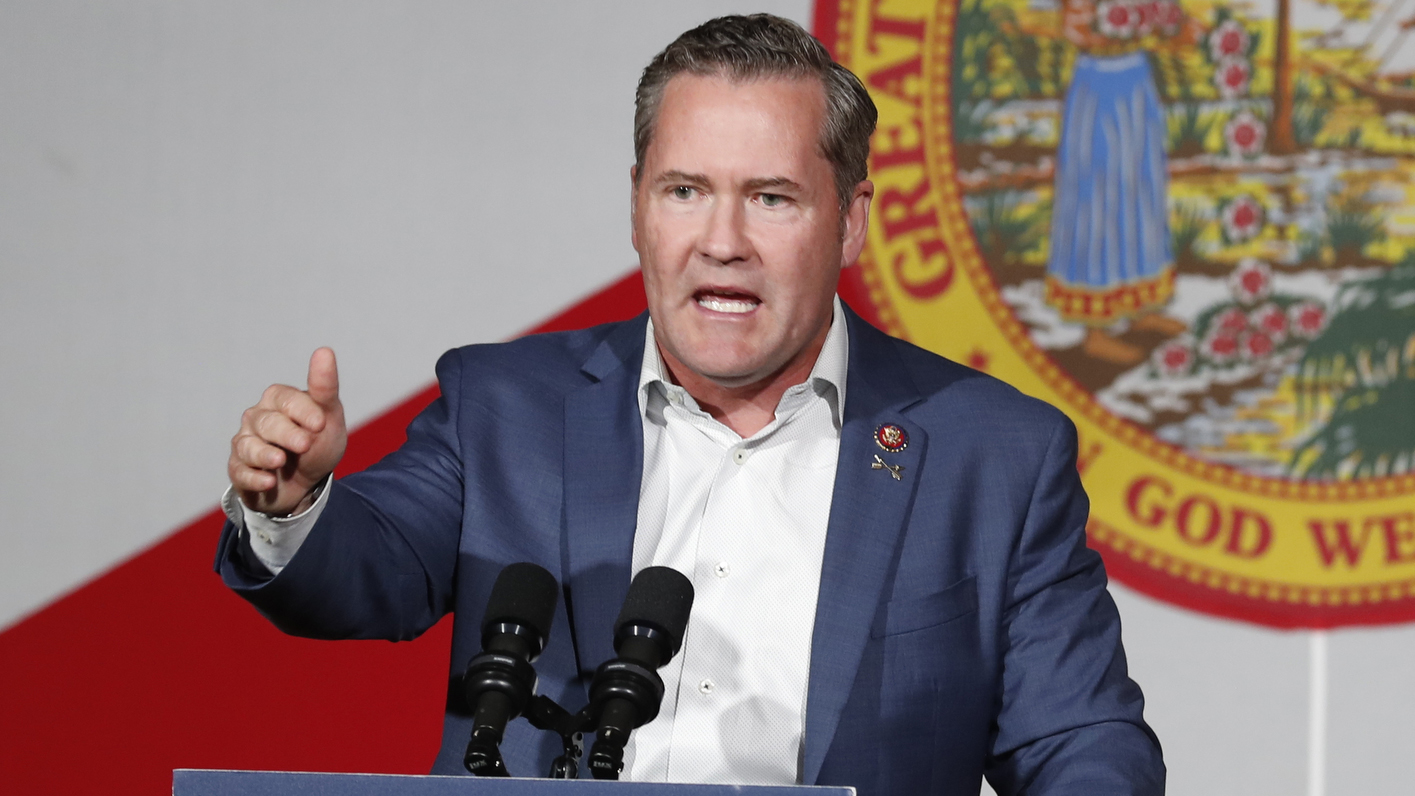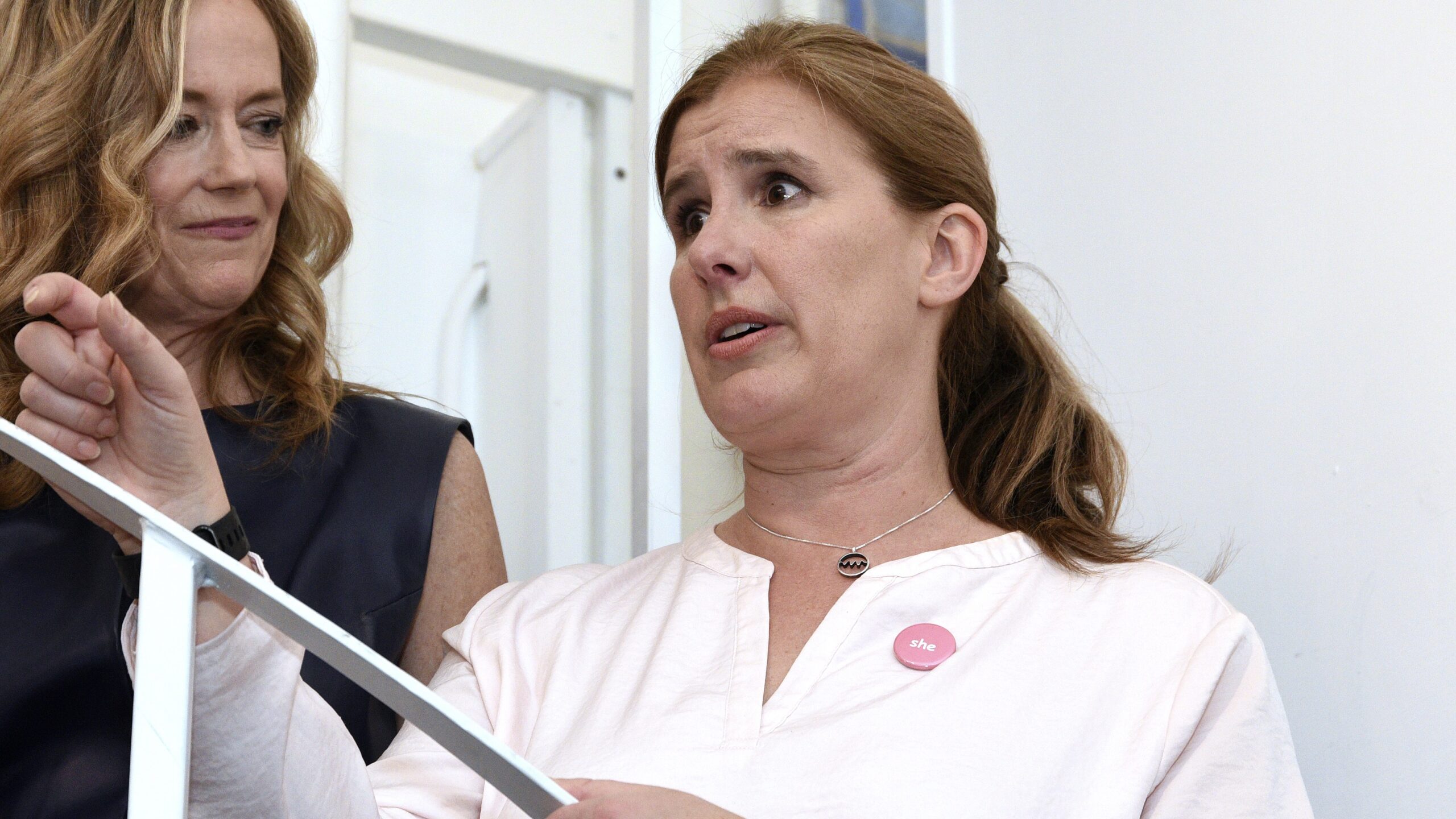The Federal Reserve Rides To Kamala’s Rescue
In order to ensure Kamala Harris’ victory in 2024, there has to be some sort of outsized force that propels her to it. But the problem for Harris is that there aren’t going to be more debates where points are teed up for her. If something bad happens in the world, that cuts against the ...
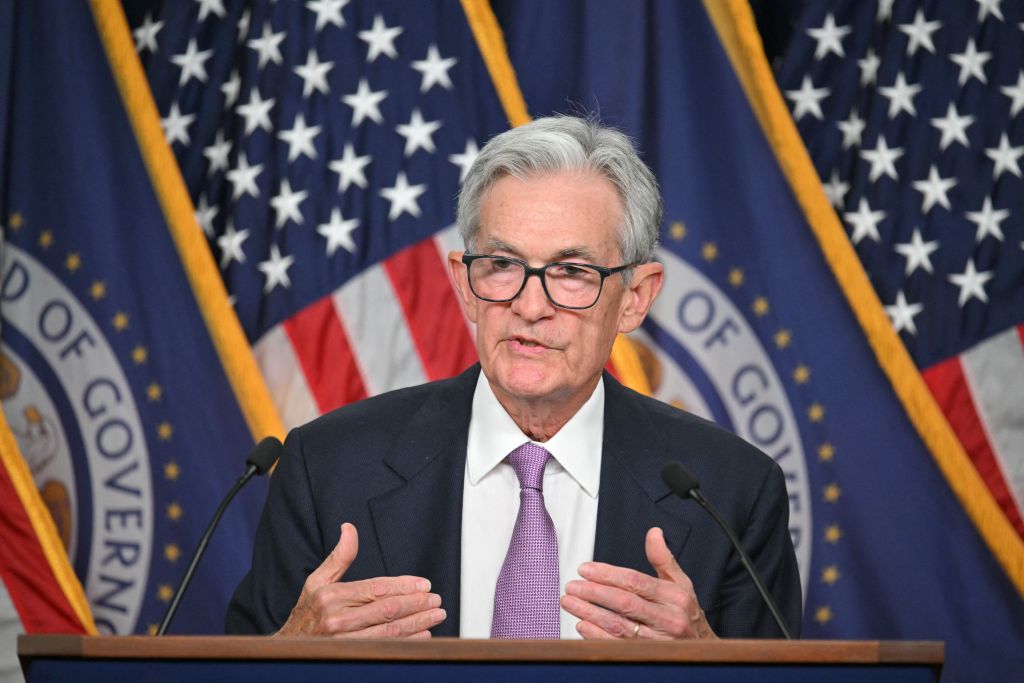
In order to ensure Kamala Harris’ victory in 2024, there has to be some sort of outsized force that propels her to it. But the problem for Harris is that there aren’t going to be more debates where points are teed up for her.
If something bad happens in the world, that cuts against the Biden-Harris administration. If a large-scale war breaks out in the Middle East right now, that’s not going to cut against former President Trump; it’s going to cut against Biden-Harris because she’s the vice president who failed to prevent it.
If there’s an economic collapse, that cuts against Harris. If there’s any piece of really bad data in the country right now, it cuts against the incumbent.
But there is one piece of news that could be released and manipulated in order to try and help Harris.
And it happened on Wednesday.
The Wall Street Journal reported:
The Federal Reserve voted to lower interest rates by a half-percentage point, opting for a bolder start in making its first reduction since 2020.
Eleven of 12 Fed voters backed the cut, which brings the benchmark federal-funds rate to a range between 4.75% and 5%. Quarterly projections released Wednesday showed a narrow majority of officials penciled in cuts that would lower rates by at least a quarter-point each at meetings in November and December.
They’re going to start cutting, and they want a hard cut. The problem with a hard cut is that, first, inflation has not gone down all the way to the 2% number the Federal Reserve typically looks for, and, second, the economy is still pretty hot, meaning that unemployment numbers are still not radically up.
So what are they doing? They’re injecting more money into an economy that actually is not flagging enough to justify that size of a cut. The case for a 25-basis point cut could be made. You could say we need to gradually inject more money into the economy.
But interest rates should be free-flowing and not manipulated by the Federal Reserve at all. It’s ridiculous that we have a centralized government agency that decides how much your dollar is worth based on a dual mission of reducing unemployment and keeping inflation down. The free market should decide exactly how interest rates float, and sometimes the interest rates need to go up in order to clean out bubbles.
When that doesn’t happen, bubbles end up growing, and then eventually, the bubbles burst.
The Journal continues:
The Fed governor Michelle Bowman dissented against Wednesday’s decision in favor of a smaller, quarter-point cut. Bowman, who was appointed to the board by Donald Trump in 2018, became the first governor to dissent against an interest-rate decision since 2005. It was the first dissent by any voter on the rate-setting committee since June 2022.
The Fed rate cut marks just the sixth time in the past 30 years that the central bank switched from raising to lowering rates. Usually when the Fed starts cutting rates, it doesn’t know whether it will make a handful of small moves—as it did in 1995 and 1998, when the economy avoided a downturn—or whether it is the start of a longer series of reductions, as in 2001 and 2007, when the central bank cut rates a few months before the economy entered recession.
So, they’re going to start lowering the interest rates again. There are a few reasons for this. One is the United States government is borrowing money at such an unbelievable clip right now that to leave those interest rates up would ratchet up the interest payments on the national debt. In order to correct for the vast national debt we are piling up, they’re lowering the interest rates so we don’t have to pay people back at as high rates. That’s a major factor.
WATCH: The Ben Shapiro Show
Another factor is supposed to be that the economy is slowing so much we need to inject a fresh round of capital.
But let’s be real about this: Capital has not dried up in the American economy. That is why the stock market is currently riding precisely where it is. Just days ago, the price-to-earnings ratio (which assesses whether a stock is over- or under-valued) for the Dow Jones Industrial Average was riding at 31. The average PE ratio for the Dow over the past three years is 20.
That’s insane. That means stocks are overvalued. That means there’s quite a lot of money in the system that is being thrown at the stock market because people don’t know what to do with the money. Investors are getting a fresh infusion of cash in their pocket, and they’re immediately planting it where they think it will possibly earn a return. Stocks would be one place. They’re presumably going to do the same in real estate.
The problem is that the interest rates in real estate remain higher than they were five or six years ago. So even if you want to trade a house for a different house, that now means you’re giving up a 3.5% interest rate for a 6% interest rate on your mortgage, which costs you a lot more money.
Am I Racist? Is In Theaters NOW — Get Your Tickets Here!
So what is the cut designed to do? Making a 50-basis point cut signals two things at the same time. First, it signals the economy is on the verge of a downturn. That’s the reasoning for cutting it 50-basis points as opposed to 25. But second, a 50-basis point cut simultaneously signals that the worries about inflation are over, which means the economy is strong and solid. Obviously, these two things are in conflict with one another.
Jerome Powell of the Federal Reserve tried to justify this. He said the Fed’s “patient approach” has paid dividends.
If by “patient approach,” he means increasing the prices of everything over the past three and a half years by roughly 20%, then well done, Jerome. Don’t strain your shoulder patting yourself on the back too hard.
The New York Times reported:
People with jobs have started showing up at homeless shelters in Atlanta. Families who can’t cover their grocery bills are pushing up demand at a Boston food bank. A dearth of available houses is plaguing Sacramento. Yet reports of recent raises abound, and a partly retired homeowner near Pittsburgh is happy about his savings.
America’s bout of painfully high inflation — and the period of high interest rates meant to cure it — is finally drawing toward a close. Price increases are nearly back to a normal pace, so much so that the Federal Reserve voted on Wednesday to lower borrowing costs for the first time in more than four years.
But even as the nation’s tumultuous pandemic economic era begins to approach its end, the period is destined to leave lingering marks.
The Federal Reserve does not want Donald Trump in office. They clearly would like to see Harris elected.
So what is the cut really about?
What it’s about is trying to generate an ersatz feeling of good momentum on the economy, despite the fact the Business Roundtable CEO Economic Outlook Index suggests the job market is slowing.
Is it slowing, or is it solid? We don’t know. Jerome Powell won’t tell us. Is inflation conquered, or is it just coming down? We don’t know. He won’t tell us.
While White House Press Secretary Karine Jean-Pierre has the nerve to suggest the White House is completely independent of the Federal Reserve, have you noticed that every major Democrat in the Senate has been calling for a lowering of interest rates for the last year and a half in an attempt to artificially jog the economy?
* * *
WATCH THE TRAILER FOR ‘AM I RACIST?’ — A MATT WALSH COMEDY ON DEI
Originally Published at Daily Wire, World Net Daily, or The Blaze
What's Your Reaction?















